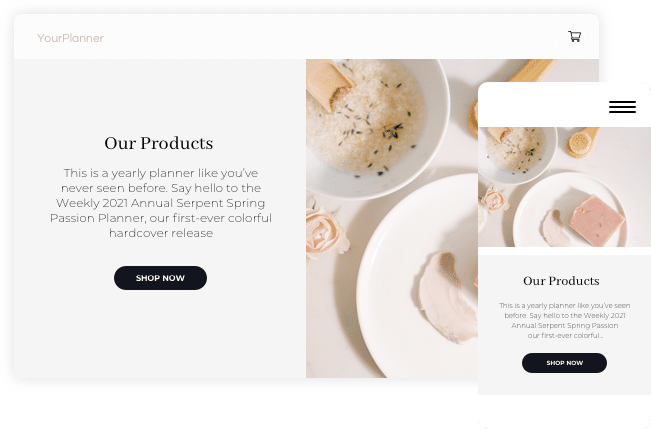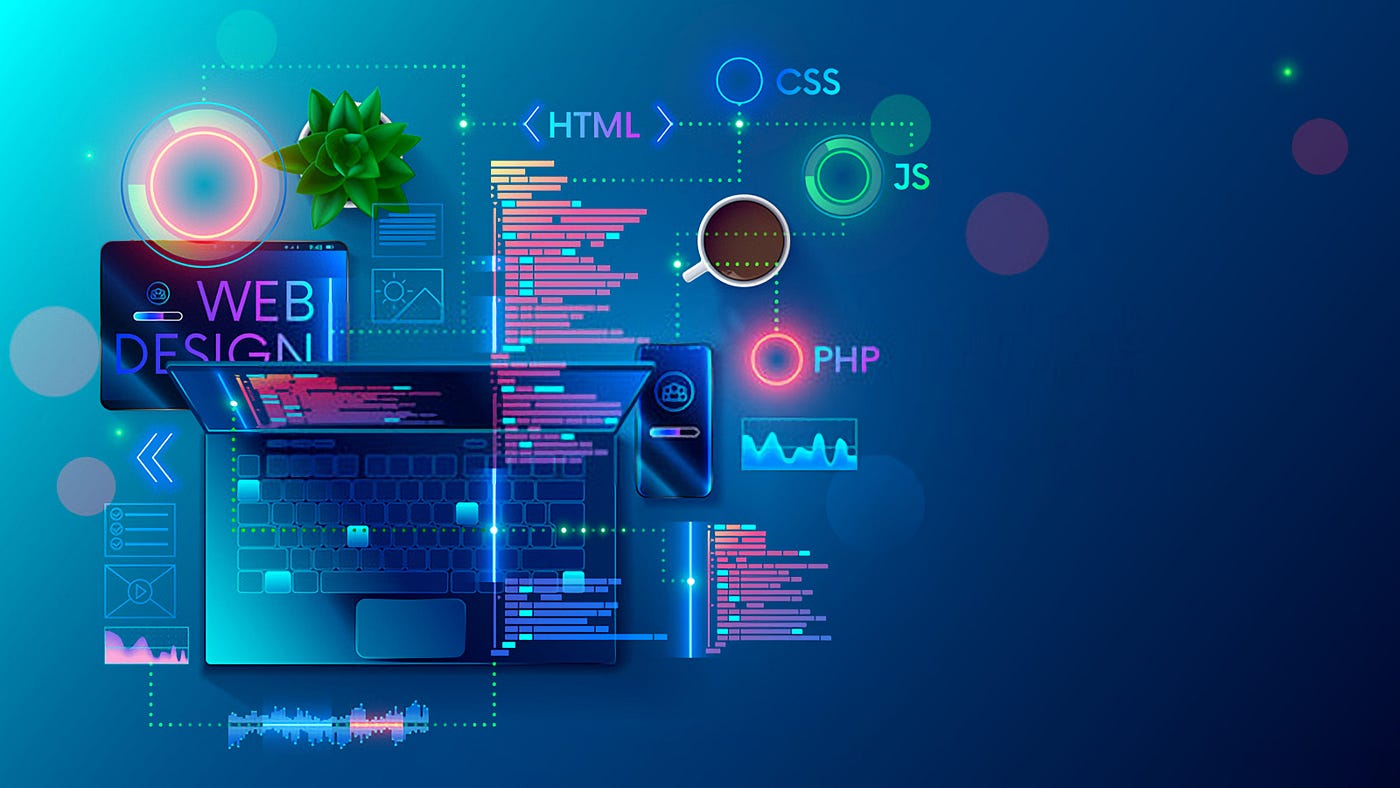Empower Your Brand with Professional Web Design Services
Empower Your Brand with Professional Web Design Services
Blog Article
Explore the Various Sorts Of Website Design Provider for Your Special Requirements
From responsive internet design that adjusts to various devices, to ecommerce internet design that drives on-line sales, to user experience (UX) style that boosts customer contentment, to customized web layout that brings your vision to life-- the possibilities are limitless. Whether you're a tiny business owner looking to develop an on-line presence or an entrepreneur intending to change the mobile app world, this discussion will certainly lose light on the various types of web design services offered, aiding you make an informed decision that aligns with your goals.
Responsive Website Design
Receptive website design is an important element of modern-day internet development that guarantees web sites adjust and show effortlessly across different devices and screen sizes. With the enhancing use of mobile phones, tablets, and other mobile gadgets, it has ended up being necessary for internet sites to be user-friendly and accessible on any display.
Receptive internet style utilizes a combination of flexible grids, layouts, images, and CSS media questions to attain this flexibility. It enables the web site to immediately adjust its layout and content based upon the tool's screen resolution, alignment, and dimension (website design agency). This indicates that users can access the website on their home computer, laptops, tablet computers, or mobile phones without experiencing any concerns or having to focus or out to view the web content correctly

E-commerce Internet Layout

With the increasing demand for on-line shopping, services are currently focusing on ecommerce website design to create easy to use and aesthetically appealing websites that drive sales and enhance the client purchasing experience. Shopping website design includes numerous facets such as layout, navigation, product screen, and checkout procedure optimization. These components are crucial for drawing in and maintaining consumers, along with increasing conversion rates.
An effective e-commerce web design starts with a well-organized layout that enables individuals to quickly discover the product and services they are searching for. Clear and user-friendly navigation menus, search bars, and filtering options are important for a seamless browsing experience. Additionally, the item display screen need to display high-grade photos, thorough summaries, and client evaluations to build trust and self-confidence in the item.
Moreover, the checkout process should be maximized for simpleness and comfort. A secure and structured repayment entrance, along with numerous settlement choices, ensures a smooth purchase for the client. Furthermore, incorporating attributes such as guest checkout, order monitoring, and customized recommendations can boost the general shopping experience.
Individual Experience (UX) Design
Customer Experience (UX) Layout plays a vital function in producing engaging and user-friendly sites that prioritize the needs and preferences of the target market. It includes developing and boosting the total experience that individuals have when interacting with an internet site or application. UX designers intend to improve user contentment by enhancing the use, availability, and efficiency of the web site.

UX developers concentrate on creating intuitive navigating, clear and succinct content, and visually attractive user interfaces. They ensure that the site is simple to understand and navigate, guaranteeing a delightful and seamless user experience.
In addition to enhancing functionality, UX style likewise takes into consideration the psychological element of individual experience. Designers intend to evoke positive feelings with aesthetic components, such as shades, typography, and imagery, which contribute to the total individual complete satisfaction.
Personalized Internet Layout
Custom-made website design entails producing custom-made and one-of-a-kind internet sites that are especially made to fulfill the specific demands and demands of a service or organization. Unlike pre-designed design templates or generic website designs, personalized internet style uses a customized method that reflects the brand name identification, values, and goals of the customer.
With custom-made web design, every facet of the web site is very carefully crafted to align with the customer's goals. This includes the format, color design, typography, photos, and total individual experience. The design procedure begins with a thorough understanding of the customer's company and target audience, permitting the web developer to establish a website that properly interacts the client's message and involves users.
Among the essential benefits of customized website design is its adaptability. As the web site is built from square one, the web designer has full control over its performance and attributes. This allows the assimilation of any type of wanted personalizations, such as shopping performance, web content administration systems, or interactive components.
Additionally, custom-made website design makes certain that the site is enhanced for search engines, making it a lot more noticeable to potential clients. By applying SEO finest techniques, such as proper keyword placement and meta tags, the web site can attain higher rankings in online search engine outcomes.
Mobile Application Design
Mobile app style includes creating easy to use and aesthetically enticing user interfaces for applications that are especially designed for mobile devices. With the enhancing appeal of smart devices and tablet computers, mobile app design has become an important element of electronic item growth.

Visual allure is additionally crucial in mobile app design. Using shades, typography, and imagery can create an aesthetically pleasing interface that captures the customer's focus and improves their overall experience. In addition, integrating brand components and preserving consistency with the company's aesthetic identity can aid establish a strong brand name presence within the application.
Mobile app design additionally includes considering different technical facets, such as gadget responsiveness, efficiency, and compatibility optimization - website design company. It is important to make certain that the app operates effortlessly throughout different tools and operating systems, giving a constant experience to all customers
Conclusion
Responsive web design ensures a seamless experience across different devices, while e-commerce internet layout concentrates on developing on-line purchasing systems. Personalized internet layout uses customized options to satisfy certain demands, while mobile app design focuses on developing straightforward mobile applications.
From receptive internet style that adapts to different tools, to shopping internet style that drives online sales, to user experience (UX) layout that boosts client fulfillment, to customized web layout that brings your vision to life-- the opportunities are limitless.An effective e-commerce internet style starts with an efficient design that enables users to conveniently discover the services or products they are looking for. The layout process begins with a detailed understanding of the customer's company and target audience, allowing the internet designer to create a website design company web site that efficiently connects the client's message and engages individuals.
Responsive internet design makes certain a seamless experience throughout various devices, while ecommerce web style focuses on developing online purchasing platforms. Personalized web layout provides customized services to fulfill particular needs, while mobile app layout focuses on producing user-friendly mobile applications.
Report this page